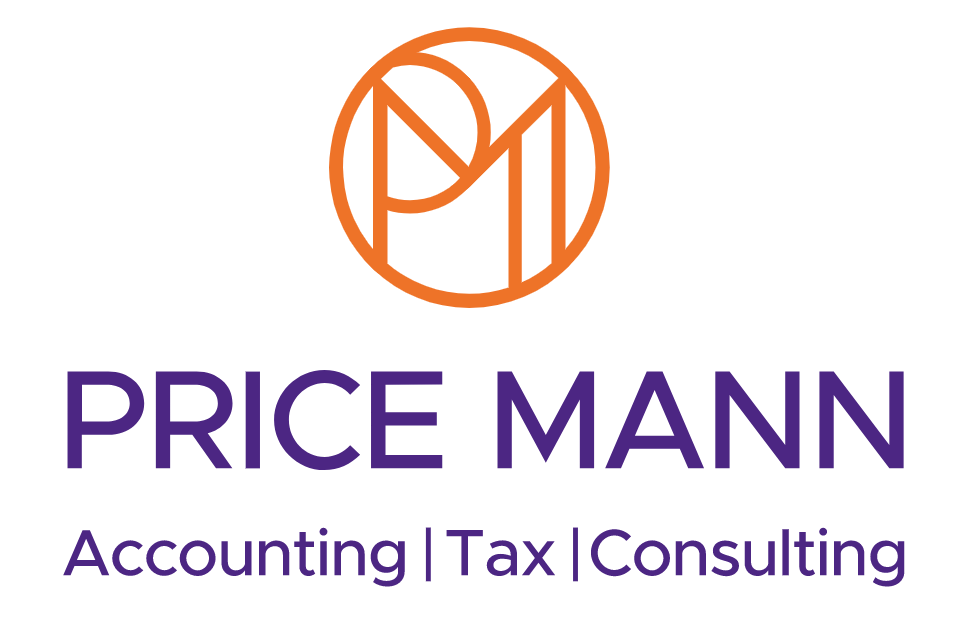For the past 40 years or so, corporate tax rates have decreased steadily around the world. In 1980, the global average stood at around 40%, but by the end of 2020 it was closer to 24% as various countries aimed to encourage business investment.
Here in the UK, we’ve seen the main rate of corporation tax cut from 28% in 2010 to its current rate of 19%. Plans were originally in place to reduce it even further to 17% in 2020, but those were cancelled at the end of 2019.
Following the COVID-19 pandemic, as governments around the world look to cover the costs they’ve incurred, company tax rates could now be about to go in the opposite direction.
In Spring Budget 2021, Chancellor Rishi Sunak announced that the UK’s main rate would increase to 25% from April 2023, at the same time as a separate small-profits rate of 19% being introduced.
As Sunak presented it, this increase will act as a kind of trade-off for the financial support given to businesses during the COVID-19 pandemic.
In his words, UK businesses have received more than £100 billion in Government support, so it is “fair and necessary to ask them to contribute to our recovery”.
Some company owner-directors, whose dividend payments were not eligible for any form of compensation under COVID-19 support schemes, might disagree with that sentiment.
But the reality is that the Chancellor’s options for covering pandemic-related costs were limited by the Conservative Party’s manifesto promises not to raise income tax, national insurance or VAT rates.
And while costs may increase for companies in some circumstances, those that make eligible investments could benefit from significant additional tax relief as part of economic recovery measures.
Changes from April 2023
From the 2023/24 tax year, the main rate of corporation tax will increase to 25%. The Institute for Fiscal Studies (IFS) called this a rise of “historic proportions”, taking revenues from the tax well above their 2010 level.
For profits up to £50,000, however, a small-profits rate of 19% will be introduced. Only those with profits over £250,000 will pay at the main rate, and profits in between the two rates will be charged at a tapered rate.
While the increase to the main rate is softened by the small-profits rate, it will still affect around 30% of currently trading companies and is expected to raise £17.2bn by 2025/26.
As Sunak noted in his speech, the UK will still have the lowest corporation tax rate in the G7, but it will fall around the middle of rates in the OECD.
The IFS added that because the tax base for UK corporation tax has widened, the measure will impact more companies than it would have done if it was put in place 10 years ago.
There are also some concerns around the complications it could create for companies whose profits fall between the £50,000 and £250,000 thresholds.
The Association of Taxation Technicians (ATT) has argued this is likely to cause confusion. Plus, because the tax rate on those profits will be adjusted by marginal relief, some companies could also be subject to an effective tax rate of around 26.5%.
“We know from past experience that marginal relief calculations can be complicated, and make estimating future tax bills tricky,” said Jeremy Coker, president of the ATT.
“The reintroduction of the small-profits rate may therefore be welcome by the smallest companies, but might cause headaches for those whose profits lie in the middle ground.”
Super-deduction
It wasn’t all bad news for companies in the Budget, as the Chancellor announced a new ‘super-deduction’ to encourage investment.
Between 1 April 2021 and 31 March 2023, companies that invest in qualifying new plant and machinery assets will benefit from a 130% first-year capital allowance. This will allow them to effectively cut their tax bill by up to 25p for every £1 they invest.
For example, a company that invests £10m in qualifying assets could deduct £13m in year one, adding up to a tax saving of £2.47m – compared to a saving of £497,800 without the super-deduction.
Limited companies will also benefit from a 50% first-year allowance for investing in qualifying special-rate assets, including long-life ones.
Combined with the reliefs offered by the eight freeports announced in the Budget, and existing capital allowance measures such as the annual investment allowance of £1m, the Treasury said this takes the value of the UK’s capital allowance regime from 30th in the OECD to first.
The Office for Budget Responsibility called the super-deduction the “most significant contributor to the economic recovery measures”, and predicted it will boost business investment by approximately 10%, equivalent to around £20bn a year.
Making Tax Digital for corporation tax
Another developing policy change is the Government’s focus on modernising the tax system, through its Making Tax Digital (MTD) programme.
The first mandatory stage of this began with VAT-registered businesses with a turnover above £85,000 from April 2019, and it’s now set to rollout to certain self-assessment taxpayers in 2023, then eventually to corporation tax by as early as 2026.
Essentially, the scheme will require all companies or other entities within the charge to corporation tax to maintain digital records, and use MTD-compatible software to provide quarterly summary updates of their income and expenditure to HMRC.
They’ll then need to use their MTD-compatible software to submit an annual corporation tax return.
By extending MTD to more taxpayers and businesses, HMRC said it aims to improve productivity by encouraging the use of record-keeping tools and linked IT systems, as well as building resilience in the tax system.
The Institute of Chartered Accountants in England and Wales argued, however, that HMRC should reconsider the requirement for quarterly returns, saying this would create an additional burden for businesses, while offering “very little” information about the company’s accounting or tax position.
It recommended postponing the requirement “until digital record-keeping has become established and the software available is shown to work efficiently for companies and HMRC”.
A consultation looking in more detail at how the scheme might be implemented closed last month.
This asked businesses and other stakeholders’ views on details such as which entities will be in scope, which business records will need to be kept digitally, and how the new system might align with current reporting requirements for companies.
Depending on the responses, a voluntary pilot for the scheme could be launched in April 2024, before it’s rolled out on a mandatory basis from April 2026.













